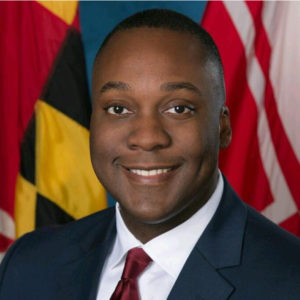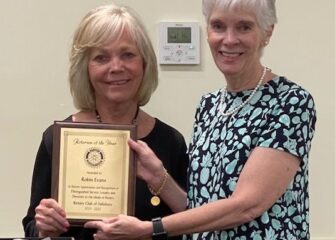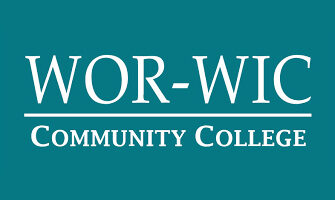The state’s $21 billion transportation projects plan also has a funding gap that’s expected to reach more than $2 billion in six years, adding pressure on TRAIN commissioners to identify new revenue streams.
Local governments are feeling the pressure of funding transportation projects, too, said Howard County Executive Calvin Ball, who is also this year’s president of the Maryland Association of Counties, a powerful advocate for the state’s 23 counties and Baltimore City.
“Since the local share of highway user revenues, dramatically, were cut in 2009, Maryland’s counties have locally funded an oversized share of transportation, maintenance, repair and capacity projects,” Ball said during a TRAIN commission meeting Wednesday at the State House.
MACo has pushed for a higher local share of the state’s highway user revenues since Democratic Gov. Martin O’Malley and state lawmakers drastically cut the funding to offset budget shortfalls in 2009 during the Great Recession.
Under Republican Gov. Larry Hogan, the local revenue share increased but to about two-thirds of what it was before the cuts under O’Malley.
Unlike some states, where counties can rely on a local gas tax or local license plate fees, Maryland’s counties are “entirely beholden” to the state government for transportation revenues, said MACo Executive Director Michael Sanderson.
With the passage of a 2022 bill, the local share of highway user revenues — which was 17.2% at the time — will be 20% in fiscal year 2024, which began July 1, 21% in fiscal year 2025, 22% for the next two fiscal years and then back to 20% for fiscal year 2028 and beyond.
In speaking to TRAIN commissioners Wednesday, Bill Jorch, director of public policy and research for the Maryland Municipal League, which represents 160 municipal governments, asked for the commissioners to recommend either maintaining the local share of highway user revenues or increasing it.
“Our big ask is that, as you explore new revenue streams and talk about expenditures from the Transportation Trust Fund, to just understand how vitally important the state’s share of revenue for transportation projects is,” Jorch said.
Every year, he said, municipal governments have to use general fund revenues to pay for transportation projects that are eligible for highway user revenues.





